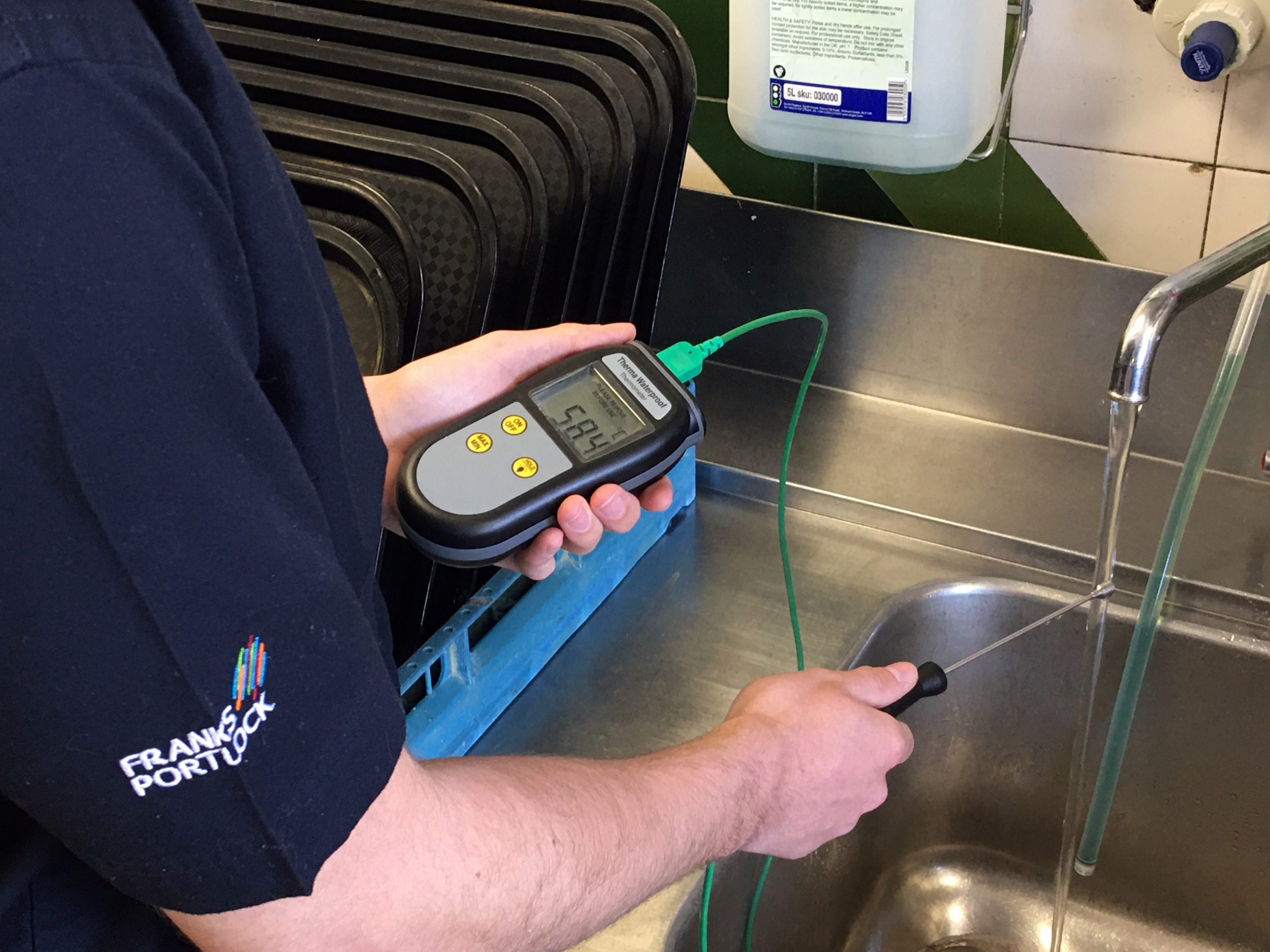
The presence of legionella in a workplace or any other building can be extremely dangerous, making legionella testing a requirement wherever water is present. Legionella is a bacteria found in water, and can be inhaled through airborne water droplets created by hot or cold water systems. If inhaled, it can cause Legionnaires disease – a type of pneumonia which can be fatal.
Because of the risks of legionella it’s essential to carry out regular legionella testing – water testing is the only way to determine whether Legionella is present in a water system. Regular testing for legionella can help prevent potential and sometimes fatal outbreaks of Legionnaires’ disease.
Why is Legionella Testing Important?
In the UK all businesses have a legal duty to ensure the buildings, facilities and equipment under their control are safe from legionella growth and the dangers that can come from Legionnaires’ disease. The HSE sets out the guidelines and legal requirements for duty holders in regards to managing and minimising the hazards created by legionella bacteria.
Landlords, managers, employers and duty holders are responsible for assessing, controlling and maintaining the risks associated with legionella exposure. Regular testing can help prevent any outbreaks of Legionnaires disease, helping to safeguard the health and wellbeing of those occupying the building.
How To Carry Out A Legionella Risk Assessment
When it comes to carrying out a legionella risk assessment there are a number of steps to follow.
Identify What Potential Hazards There Are
First things first, you’ll need to identify any potential hazards that could affect those carrying out the tests. A list will need to be made of all the water sources in the property and a note made of how each could be a potential legionella hazard. If you identify a risk that you are unable to prevent you’ll need to introduce appropriate measures to tackle these.
The HSE states that legionella risk assessment needs to identify whether:
Water is stored or re-circulated as part of your system.
The water temperature in some or all parts of the system is between 20–45 °C.
There are sources of nutrients such as rust, sludge, scale and organic matters.
Conditions are present to encourage bacteria to multiply.
It is possible for water droplets to be produced and, if so, whether they could be dispersed over a wide area.
Acknowledge Who May Be At Risk
When carrying out legionella testing you need to acknowledge those who are at the greatest risk. This includes anyone that is present in the building including employees, residents, visitors
Although legionella poses a risk to everyone present in the property there are some at a greater risk than others; people in later life, children, those who smoke, those with existing illnesses or those with weak immune systems.
Carry Out Appropriate Measures
No two legionella test measures are the same. You’ll need to carry out measures that are appropriate for your assessment and your assessment alone. Before implementing new measures you’ll need to look at the existing measures that you have in place and whether these are still appropriate or need reassessing in order to maintain an environment. Some examples of suitable control measures are:
Monitoring water temperatures.
Removing any redundant pipework.
Implementing regular inspection and maintenance procedures.
Regularly cleaning and flushing out of water systems to avoid stagnant water.
Setting control parameters, such as ensuring hot water is stored above 60°C.
Monitoring bacteria levels and water testing should only be carried out by a specialist service, such as a water treatment company or consultant. Franks Portlock have the expertise and experience to carry out your legionella risk assessment, ensuring you are fully compliant with the current legislation and guidelines.
Keep And Secure All Records
The risk assessment should highlight the recommendations and control measures ranked in order of priority. It’s essential to record all findings, whether these are typed up or written out and ensure they are kept somewhere safe and secure. This will act as proof that the duty holder is carrying out their responsibilities, and these records should be kept for at least two years.
Review And Reflect On The Legionella Risk Assessment Carried Out
Once complete, you’ll need to review and reflect on the risk assessment. The assessment records should be kept up to date and reviewed regularly or when any changes are made to the properties water systems.
Our Legionella Testing Services
It’s important that the risk assessment is carried out by a trained and competent person. All of our Legionella risk assessments are completed by City and Guilds qualified, competent and experienced professionals, in accordance with ACOP L8 (4th addition), HSG 274 and British Standard BS 8580
Franks Portlock offer a range of legionella testing services. If you’re interested in finding out more then please contact the team today!
 ASBESTOS REGULATION COMPLIANCE CHECKER
ASBESTOS REGULATION COMPLIANCE CHECKER 0191 419 3116
0191 419 3116 contactus@franksportlock.co.uk
contactus@franksportlock.co.uk








